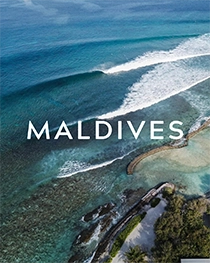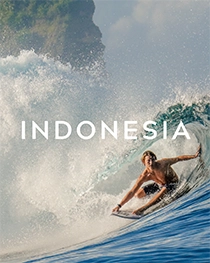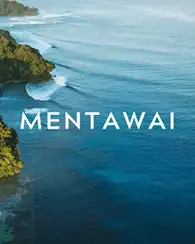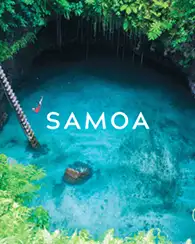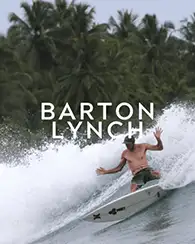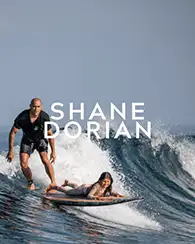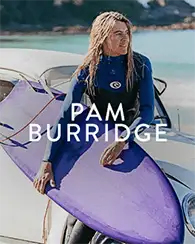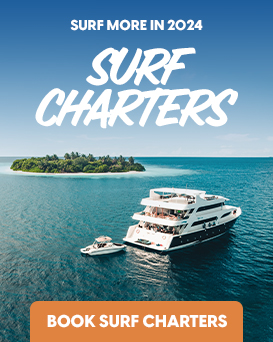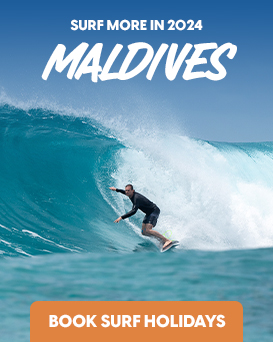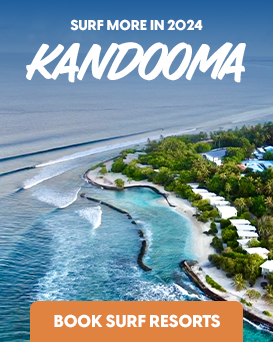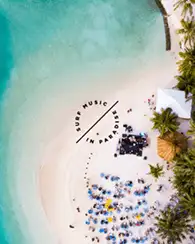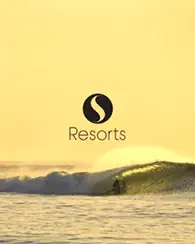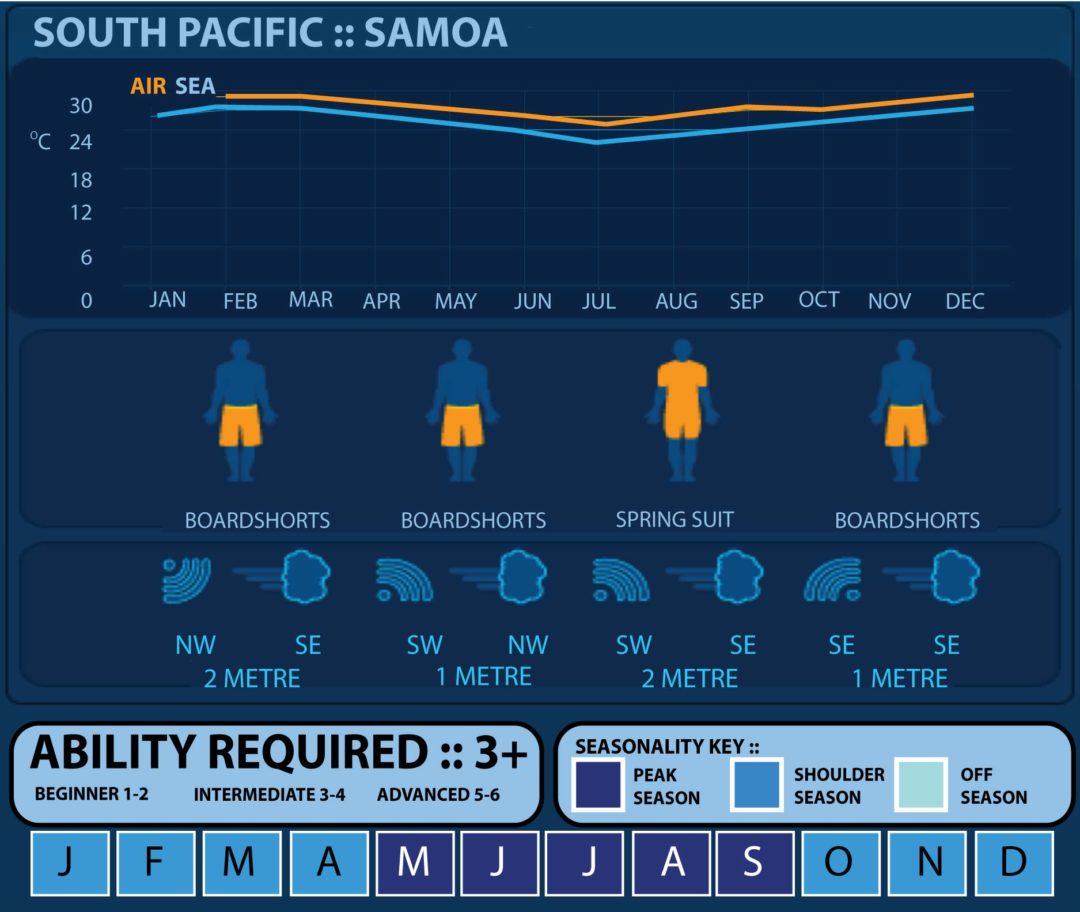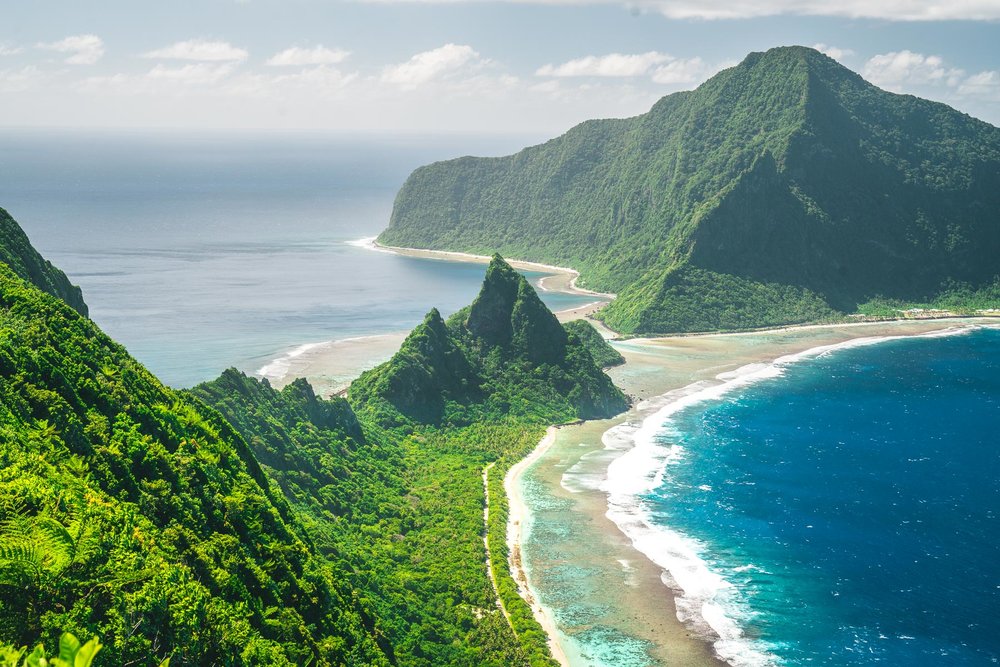Samoa Surf Travel Guide
GallerySamoa is located east of the international date line and south of the equator, about halfway between Hawaii and New Zealand in the Polynesian region of the Pacific Ocean. Officially called The Independent State of Samoa, this country is a picture–perfect display of natural beauty consisting of ten islands, with the two main islands, Upolu & Savai’i accounting for 99% of the total land area. The main islands Savai’i and Upolu are dotted with awesome surf breaks and get consistent good swells year-round. All are reefbreaks and most of them located offshore. Expect plenty of power and very few crowds. Large tides affect most waves in Samoa so generally surfing happens a few hours each side of the high tide. A strong culture and religious tradition requires that surfing may be restricted on Sundays at some breaks.
Quick Facts
Tropical waves in a beautiful location
Most breaks require boat access
Well established and family friendly surf camp options
Friendly locals and chilled vibes
Where to surf
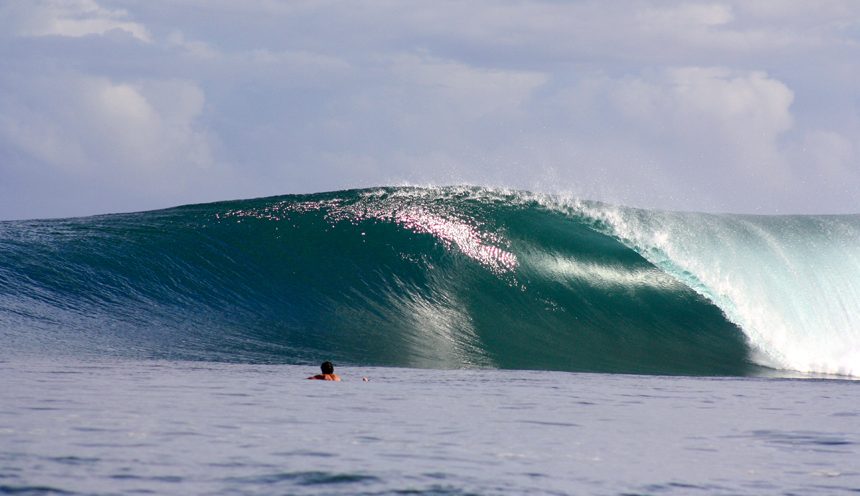

Salani Right
Savai’is’s premier wave will barrel at any size and has a large, clearly defined channel and current to carry you back out to the lineup.
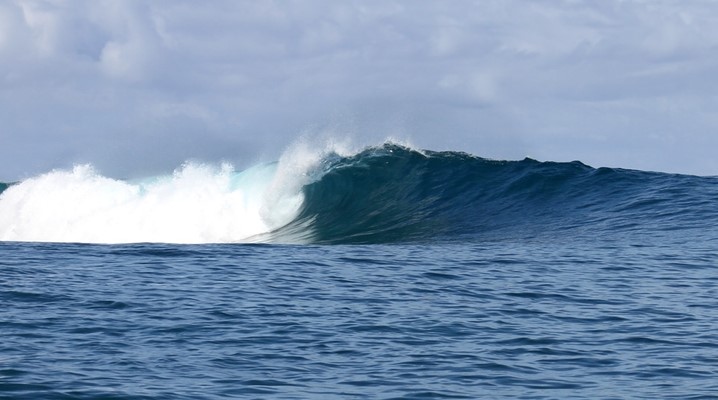

Boulders
One of Samoa’s best known big wave spots, Boulders is a left hand point that breaks off a lava cliff starting with a relatively easy drop followed by a steep wall section, then barrels off down the line, often spitting as it ends – sometimes 150m away.
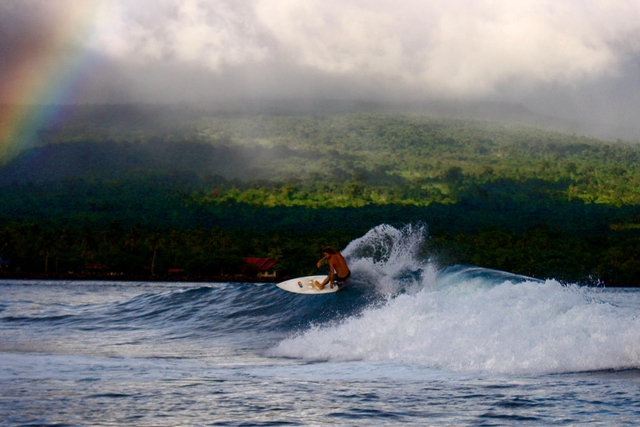

Tiavea
A large bay located on the NE coast containing 4 separate waves; a big wave right hander off one end, a fast shallow left off the other side, and a nice river mouth in the middle with a wedging right and shorter left. The rivermouth is super fun in the North Pacific Groundswells from October to March.
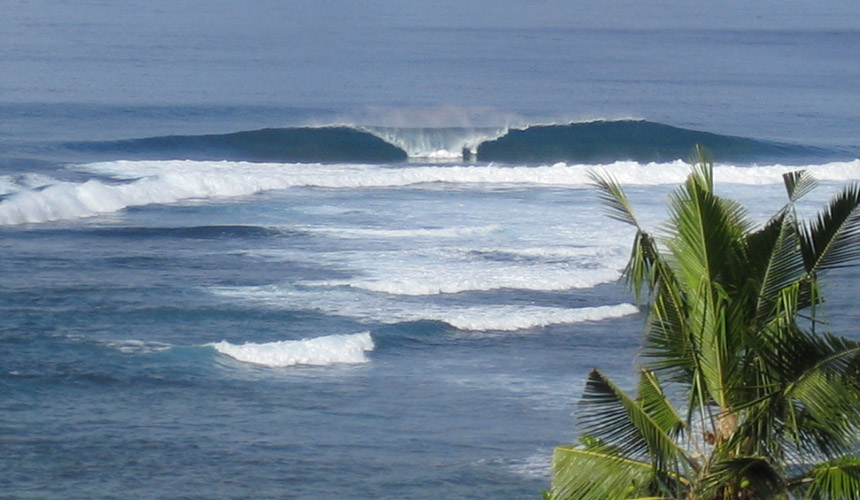

Salani Left
Salani Left is a long, fast breaking full barrel ride over coral reef/flat rock that gets faster, and hollower as you go down the line. This wave is typically surfed from 2-10ft faces. The wave does not end very close to the channel, so on bigger days getting back out can be a little tricky. Best at medium tide with SE swell.
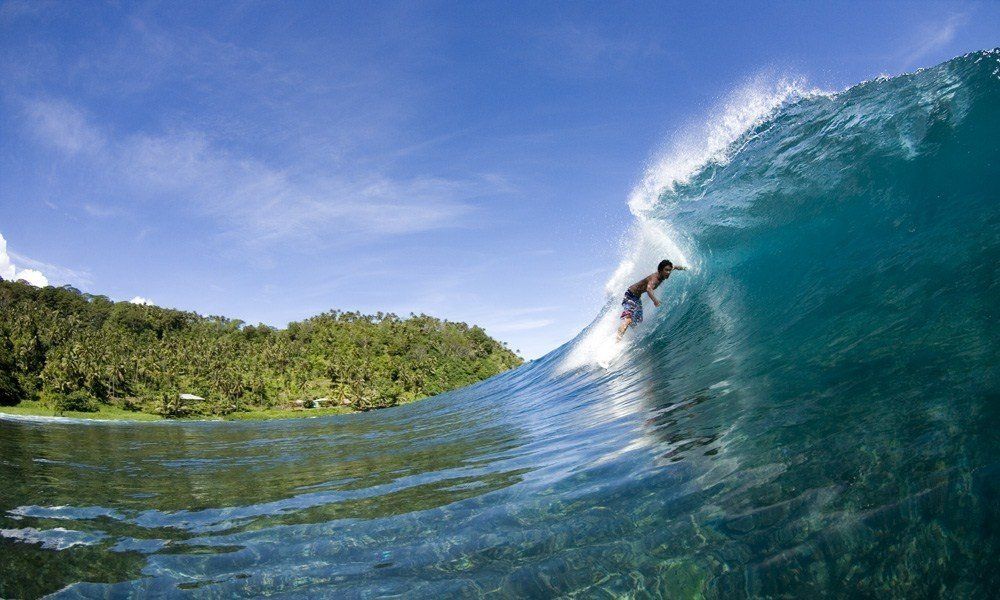

Waterfalls
Is located on the North Side of the island which is about a 40min – 1hr drive from Apia, the capital. A steep takeoff but if made one of the best barrels you will ever experience extremely hollow at 3ft and you can drive a bus through it at 6ft. Make sure you have a back up board in the car and a camera! This wave is very popular with Body Boarders!
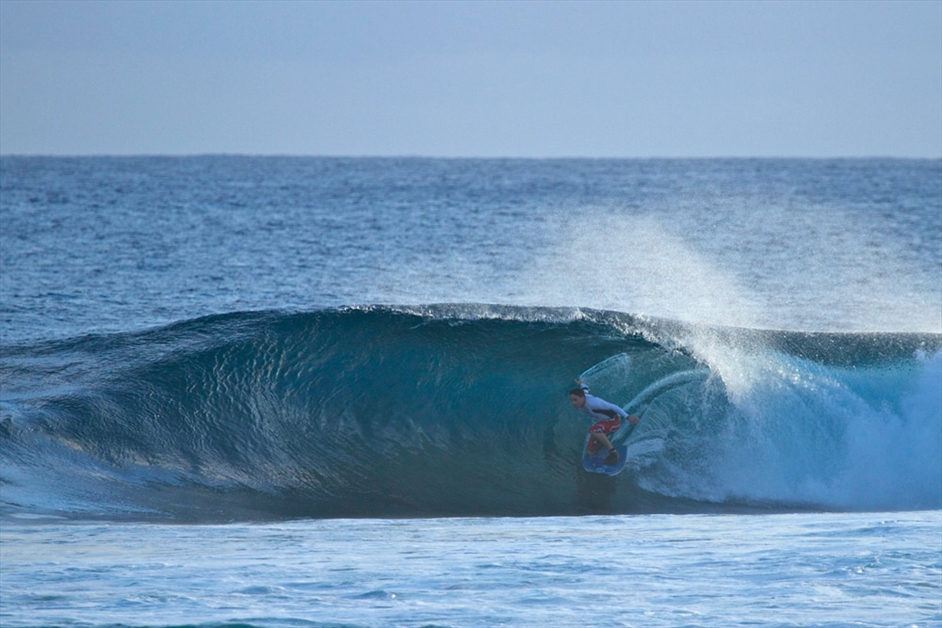

Aganoa Right
Savai’i’s premiere wave and just a quick paddle from the beach at Aganoa. Like Salani on neighboring Upolu island, Aganoa Right is extremely consistent, breaking any time of the year and at all sizes from 2-10ft+. The Right also has multiple take-off spots for any surf-level and is optimal at mid though high tides. Wedging on 2-3 different peaks, the Right offers a hollow tube on takeoff, then walling into the inside, and barreling again before the channel.
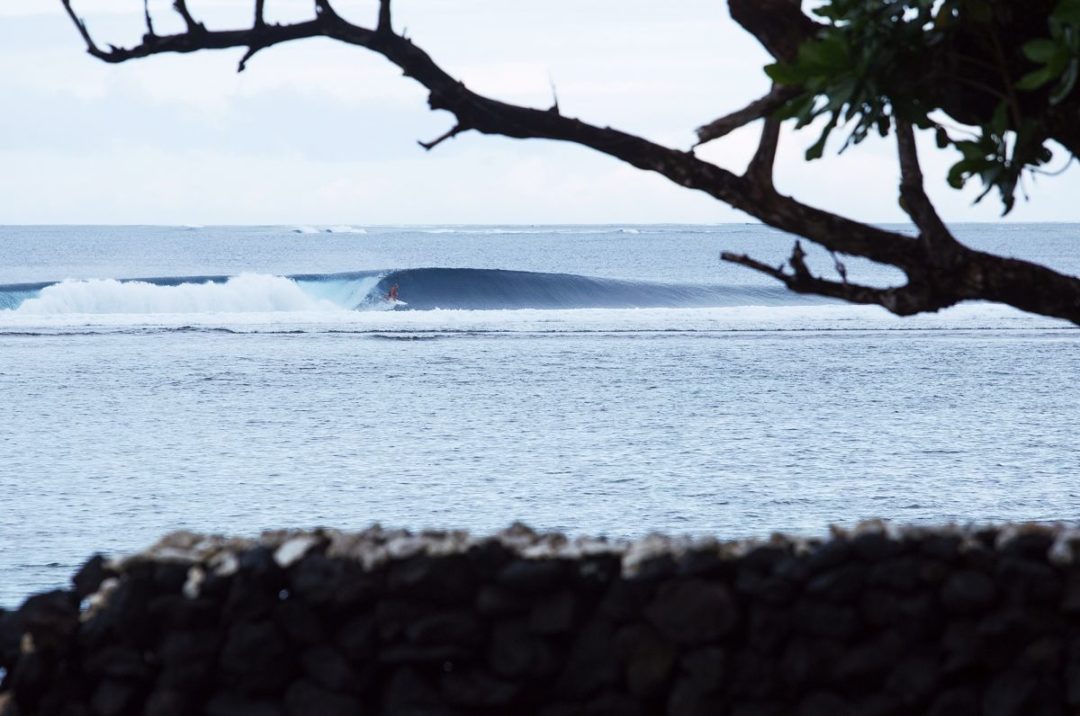

Aganoa Left
Also in front of the restaurant at Aganoa and a short paddle from the Right, the Left peels around the reef pass and into a channel on the western side of the beach. Depending on the swell direction, the Left has a gorgeous barrel as well.
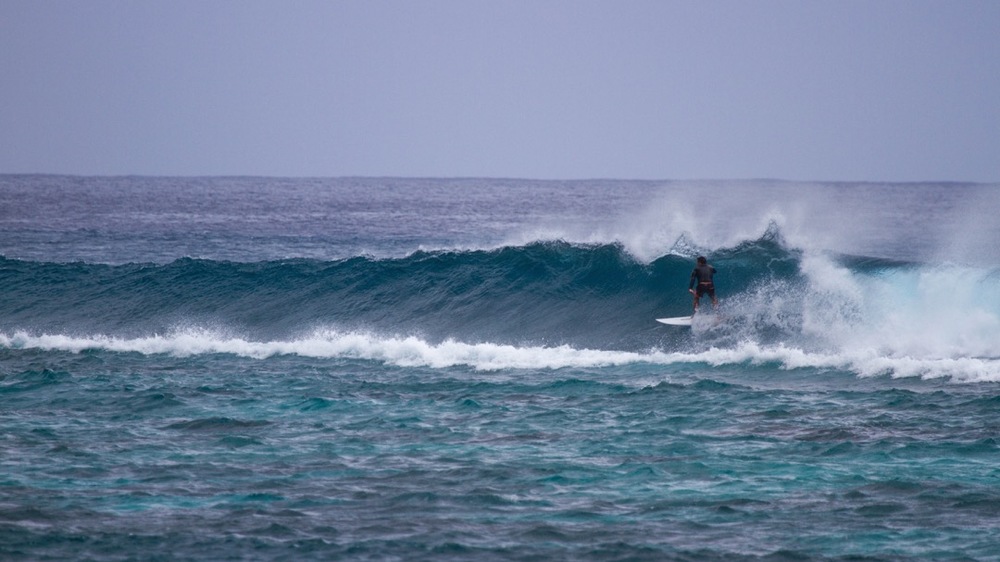

Pastor Point
A long, extremely fun right 30 minutes up the northeast side on the corner of an outer reef (that’s still paddle-able). While the wave still barrels, it’s a bit softer than Aganoa and perfect for any skill level.
When to go
Samoa has surf year-round and is blessed with many world class spots, however most are located on difficult to access reefs.The most consistent swells come from way down in the Southern Ocean and intensify before exploding on Upolu Island's south shore during the April to October season.The months between February and April, as well as October are a good option with glassy, clean conditions due to lack of trade winds. The southern hemisphere summer is when the North Shore of Upolu and Savaii are at their best.North Pacific swells travel via Hawaii and hit Samoa's north shore approximately three to five days after hitting Oahu.
Attractions
The Diving in Samoa is a massive drawcard with deep water pinnacles and passages through barrier reef walls teeming with marine life. Between the crystal blue waters, the sandy beaches, rich green valleys and rainforests, the lagoons and the waterfalls it’s also one of the most breathtaking of Pacific Islands. An average air temperature of 30 degrees all year round and an ocean that stays around 25 degrees also adds to the comfort levels.
The Country
Previously known as Western Samoa, the “Western” was dropped in 1996 and the country became “Samoa”. It is comprised of larger volcanic islands and smaller offshore islands, with a total of 11 islands making up the whole country. The largest are Savai’i and Upolu, with the latter home to approximately 75% of the population as well as the capital Apia and the main international airport at Faleolo. Tourism however is relatively undeveloped compared Fiji and Tonga and so the islands present fantastic opportunities for exploration and contain awesome waterfalls and impressive blowholes, as well as quaint, beautifully maintained villages, bustling fruit, vegetable and handicraft markets, and the world famous To Sua Ocean Trench.
Getting There
Fly into the International airport at Faleolo on Upolo and your resort or accommodation will organise all the land or boat transfers.
Travel Information
Time Zone
GMT +13
Currency
Samoan Tala (WST)
Calling code
+685
Electric
230 V and the frequency is 50 Hz





